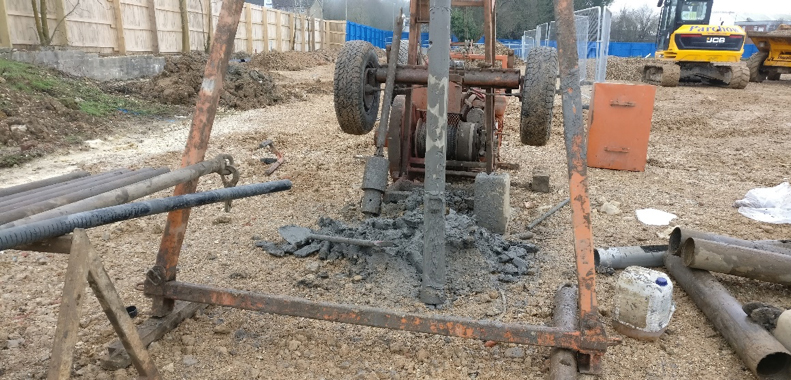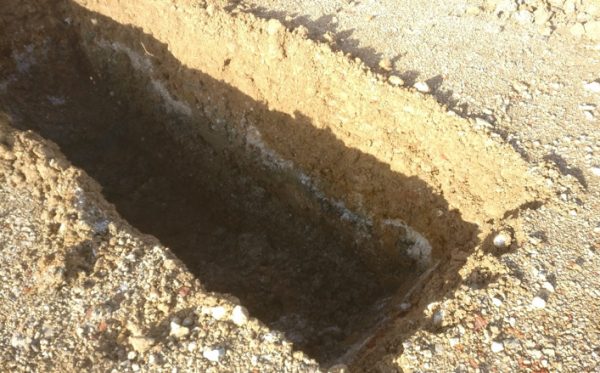The Devil is in the detail
19th March 2020
Geoenvironmental • Geotechnical
Detailed Geotechnical and Contaminated Land Investigations on a former industrial site, highlight Ground & Water’s ability to quickly adapt schemes, that resulted in more cost-effective foundation designs than first envisaged and the ability to recycle demolished structures as a break layer, saving time and money, while reducing the project’s carbon footprint.

Preliminary-Assessment
Following initial geotechnical and contaminated land studies undertaken by others, a phase of demolition occurred. Ground & Water was asked to review the data provided to date, re-assess the remedial and foundation requirements to satisfy not only the client’s budget analysis, but also to obtain agreement from stakeholders, including the Home & Community Agency’s own consultant and the council’s Contaminated Land Team.
Our Challenge
Ground & Water was commissioned by a client to undertake geotechnical and contaminated land investigations on a 3.1-hectar former industrial site in Havant. It was being redeveloped partly for residential use and partly for commercial purposes by the Home & Community Agency.
The Ground & Water Approach
Additional investigation in the form of machine excavated trial pits, windowless sampler boreholes and deeper cable percussion boreholes, were undertaken to confirm the previous site data, analyse the impact of demolition and undertake a further groundwater risk assessment. In addition, a coal tar hazard assessment was required on the areas of tarmac hardstanding, still remaining onsite.
The Outcome
Following completion of these works, Ground & Water was able to analyse both old and new data to determine a foundation scheme, which included both traditional strip footings where dense sandy Head Deposits were noted and piled foundations, where soft clays meant foundation loads were too high or where deep Made Ground was encountered. These findings advantaged the client, as expensive piles had been previous recommended across the entire site.
 The geo-environmental side of the report analysed the effect of demolition on the site and allowed for the use of the demolition capping as a break layer to limit any further remedial works required. This was tied in with a further groundwater risk assessment, which indicated no unacceptable risk to controlled waters. A PAK marker survey combined with lab testing indicated that no coal tar based tarmac was present onsite.
The geo-environmental side of the report analysed the effect of demolition on the site and allowed for the use of the demolition capping as a break layer to limit any further remedial works required. This was tied in with a further groundwater risk assessment, which indicated no unacceptable risk to controlled waters. A PAK marker survey combined with lab testing indicated that no coal tar based tarmac was present onsite.